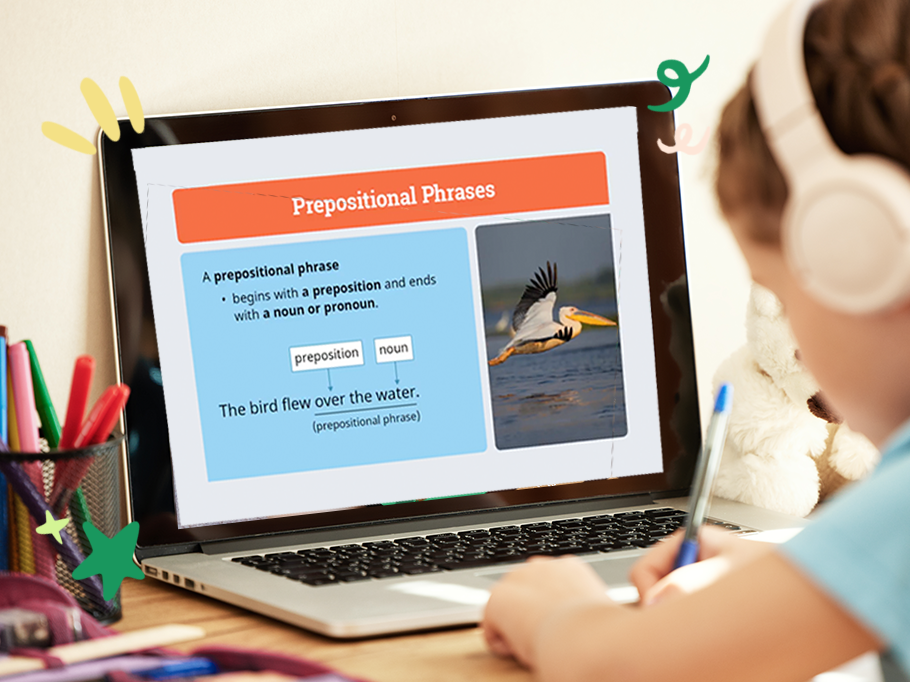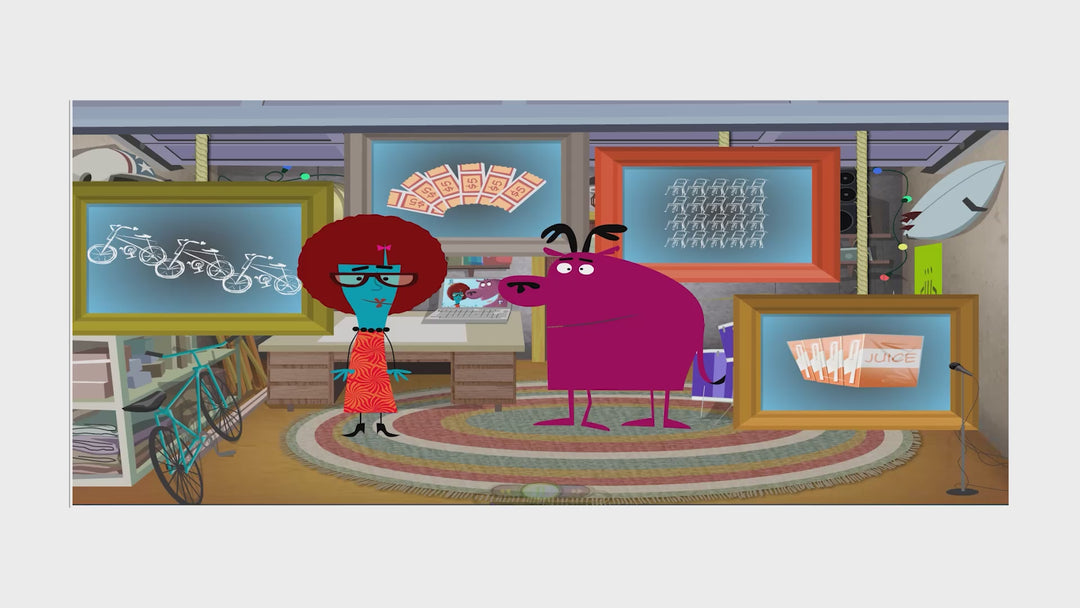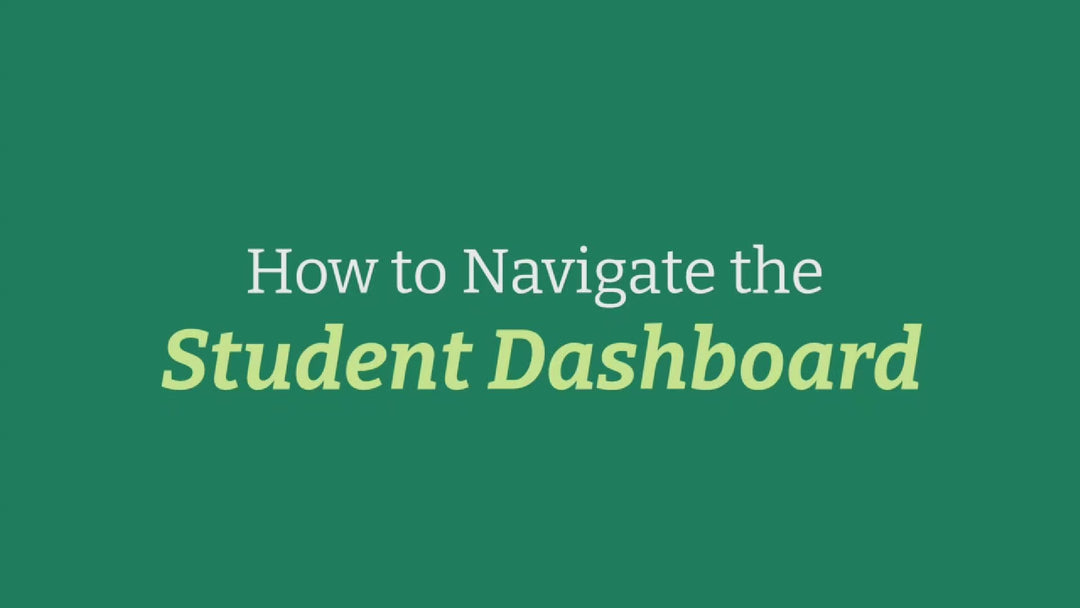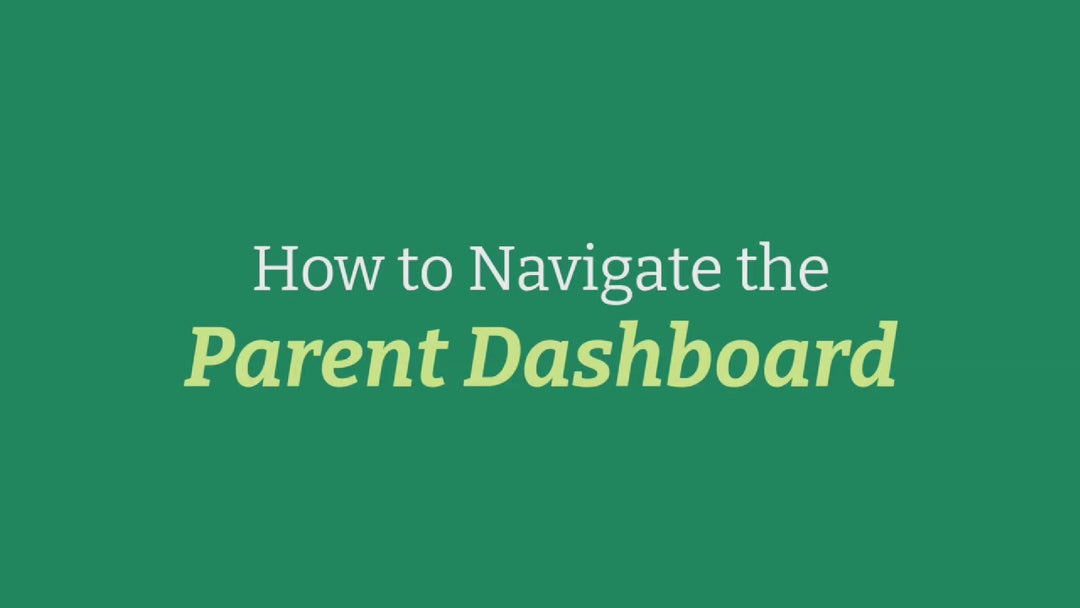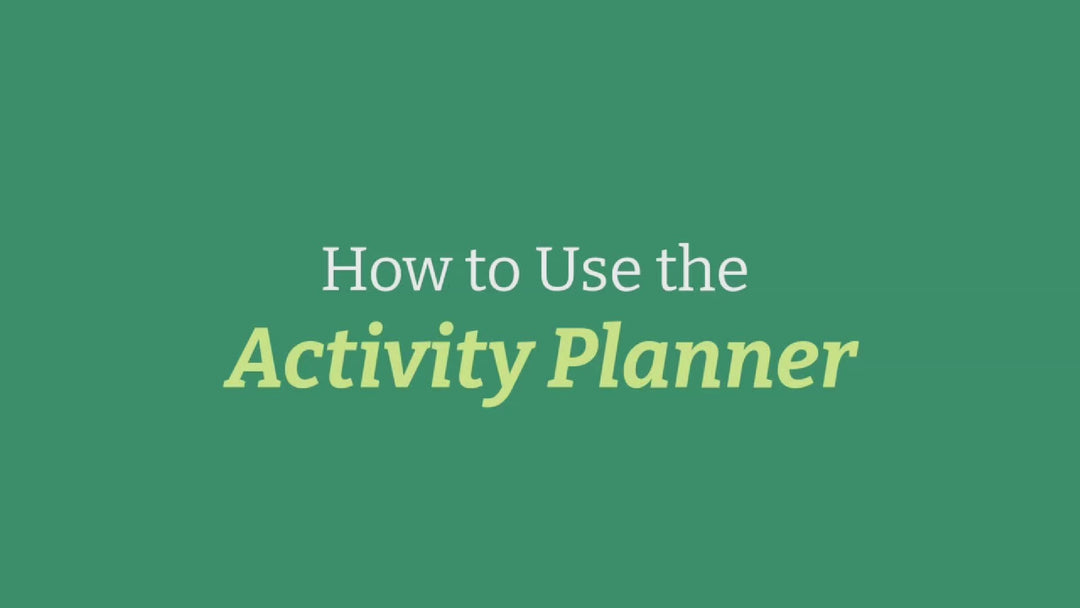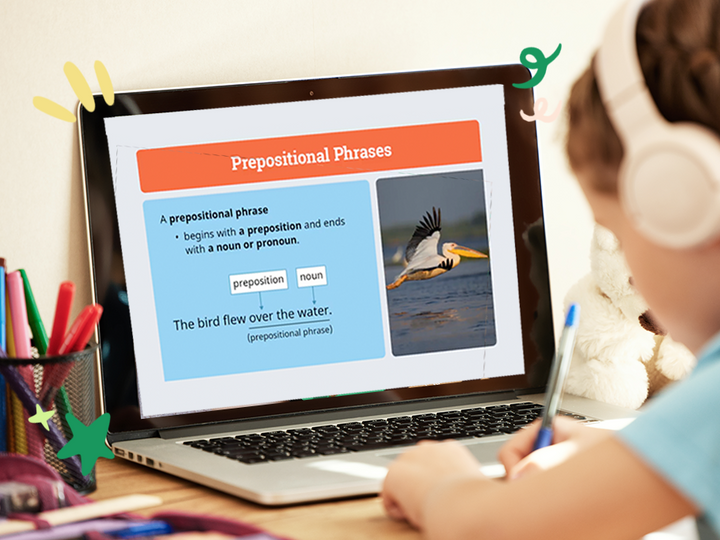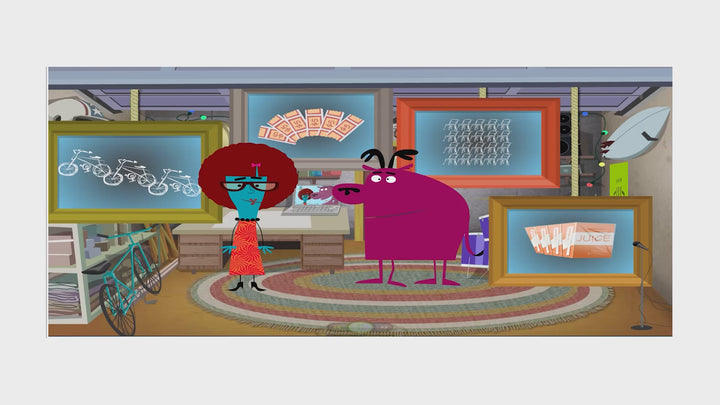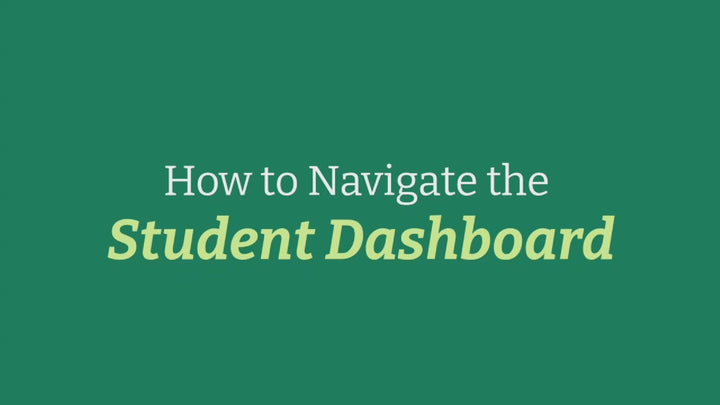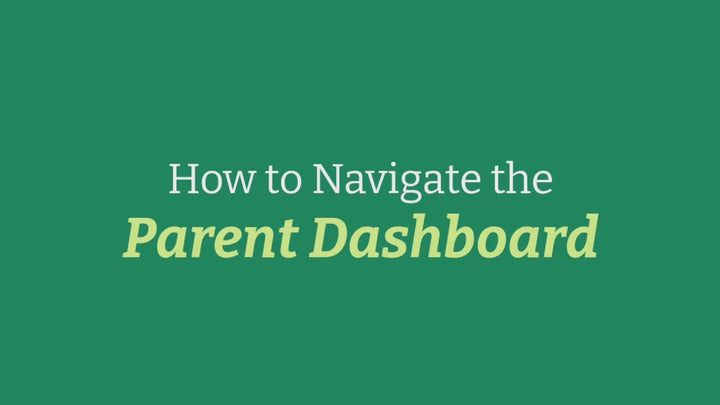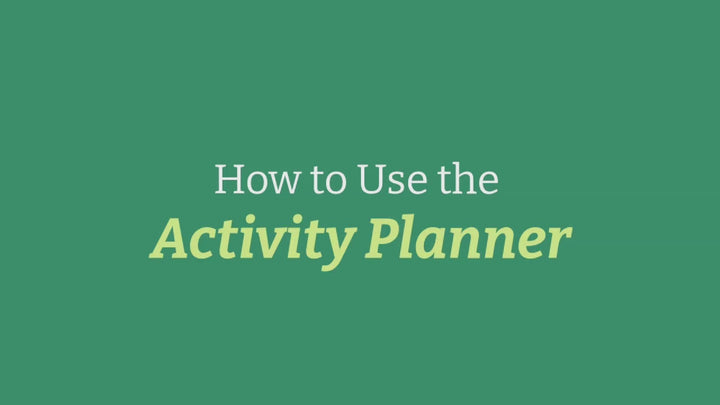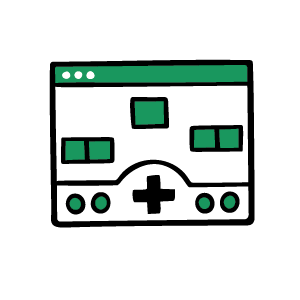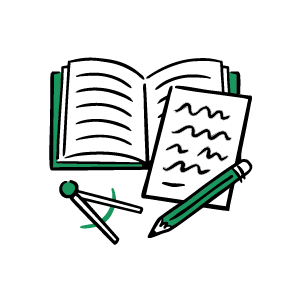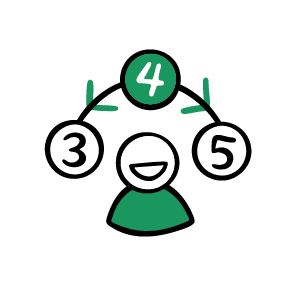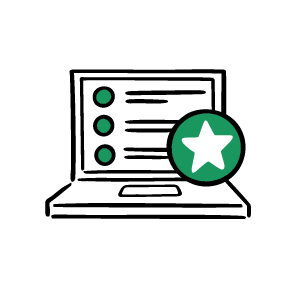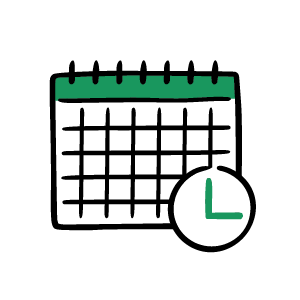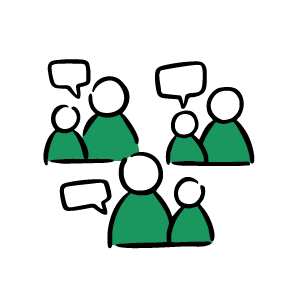Customize within K-5th grade subjects
- 4 courses included
- 14-day satisfaction guarantee*
- Update grade level anytime
Subscribe more students, save more!
10% off
2 students
20% off
3-5 students
25% off
6+ students
For elementary kids who want to do math at one grade level and language arts at another, Time4Learning offers the ultimate flexibility. It's easy to select subjects across grade levels from kindergarten all the way to fifth grade.
Strengthen math problem-solving skills by building a concrete understanding of concepts through virtual manipulatives, models, and interactive activities. Students explore whole numbers, fractions, geometry, measurement, and data while mastering the four mathematical operations.
Learners develop strong literacy skills by deepening comprehension through rich texts and systematic phonics instruction. Grounded in the science of reading, our approach combines decades of research on how kids learn to read.
Our program uses an inquiry-based approach to help students explore social studies by answering big questions and forming their own opinions using evidence. These questions are part of engaging stories that make history exciting and relatable. We cover the five key areas of social studies: history, geography, civics, economics, and culture.
Each unit is designed to leverage student interest and deepen understanding through a progression of engage, explore, explain, elaborate, and evaluate activities. This approach helps kids strengthen their understanding of science concepts while expanding on their natural curiosity using the scientific method.
This demonstrates what the child will learn (the scope) and the order in which the lessons build on each other (the sequence). More detailed lesson plans are available in the parent account. All lessons are entirely customizable.
This outline shows an example of the experience of a child taking some fifth grade math and all other fourth grade classes.
Fifth Grade Math
Chapter 1: Whole Number Operations
- Place Value and Rounding
- Multi-Digit Multiplication
- Long Division
Chapter 2: Decimals
- Place Value and Comparing
- Addition, Subtraction, Multiplication
Chapter 3: Fractions
- Adding and Subtracting Fractions
- Multiplying and Dividing Fractions
Chapter 4: Algebra and Patterns
- Expressions and Equations
- Number Patterns
Chapter 5: Geometry
- Lines, Angles, and Shapes
- Volume and Area
Chapter 6: Measurement
- Conversions and Units
Chapter 7: Data
- Graphs and Line Plots
Chapter 8: Probability
- Simple Probability
Chapter 9: Review and Test Prep
- Mixed Practice
Fourth Grade Language Arts
Chapter 1: Vocabulary Skills
- Synonyms and Antonyms
- Multiple-Meaning Words
- Context Clues
Chapter 2: Spelling and Phonics
- Spelling Patterns
- Common Phonics Rules
Chapter 3: Grammar Basics
- Nouns and Pronouns
- Verbs and Tenses
- Adjectives and Adverbs
Chapter 4: Sentence Structure
- Simple and Compound Sentences
- Subject-Verb Agreement
Chapter 5: Capitalization and Punctuation
- Proper Nouns
- End Marks
- Commas and Apostrophes
Chapter 6: Writing Process
- Prewriting and Drafting
- Revising and Editing
Chapter 7: Narrative Writing
- Writing a Personal Narrative
- Creating Characters and Setting
Chapter 8: Expository Writing
- Organizing Ideas
- Using Supporting Details
Chapter 9: Opinion Writing
- Stating an Opinion
- Supporting with Reasons
Chapter 10: Poetry
- Rhythm and Rhyme
- Figurative Language in Poems
Chapter 11: Drama and Plays
- Understanding Dialogue
- Reading Scripts
Chapter 12: Reading Comprehension
- Main Idea and Details
- Cause and Effect
- Compare and Contrast
Chapter 13: Informational Text
- Text Features
- Author's Purpose
Chapter 14: Mystery – ILA
- Cam Jansen and the Mystery of the Dinosaur Bones
- Critical Thinking Activities
Chapter 15: Poetry – ILA
- Exploring Poetic Form
- Analyzing Mood and Theme
Chapter 16: Natural Disasters – ILA
- Read: Earthquake Terror
- Comprehension and Extension Activities
Chapter 17: Heroes – ILA
- Read: Helen Keller and the Big Storm
- Character Traits and Biography
Chapter 18: Inventions – ILA
- Read: The Toothpaste Millionaire
- Innovation and Entrepreneurial Writing
Chapter 19: Famous Americans – ILA
- Read: Martin Luther King Jr.
- Biography and Timelines
Chapter 20: Pioneers – ILA
- Westward Expansion Stories
- Challenges and Historical Perspectives
Fourth Grade Science
Chapter 1: Nature of Science
- Scientific Method
- Tools and Inquiry
- Scientific Thinking
Chapter 2: Matter
- States of Matter
- Properties and Changes
Chapter 3: Energy
- Forms of Energy
- Energy Transfer
Chapter 4: Motion and Forces
- Types of Motion
- Forces and Interactions
Chapter 5: Earth and Its Resources
- Natural Resources
- Soil, Water, and Rocks
Chapter 6: Weather and Climate
- Weather Tools and Patterns
- Climate Zones
Chapter 7: Solar System
- Planets and Moons
- Earth's Movement
Chapter 8: Ecosystems
- Food Chains and Webs
- Adaptations and Habitats
Fourth Grade Social Studies
Chapter 1: Grade Introduction
- Welcome and Timeline Review
Chapter 2: Geography of North America
- Landforms and Waterways
- Natural Resources
Chapter 3: First Cultures of the Americas
- Native Peoples
- Early Settlements
Chapter 4: The Northeast
- States and Capitals
- Immigration and Ellis Island
Chapter 5: The Southeast
- Culture and Traditions
- Economy and Resources
Chapter 6: The Midwest
- Agriculture and Transportation
- States and Landmarks
Chapter 7: The West
- Geography and Climate
- Tourism and National Parks
Chapter 8: What's in a Name, New York?
- Geography and Industry
- Arts and Education
Chapter 9: Texas Statehood
- From Territory to State
- Key Historical Events
Chapter 10: Who’s in Charge, Texas?
- Spanish and Mexican Rule
- Republic of Texas
Chapter 11: Florida’s History
- Early Inhabitants
- Exploration and Statehood
Chapter 12: Florida Geography
- Land and Water Features
- Regions and Cities
Chapter 13: Florida Government
- Branches of Government
- Responsibilities of Citizens
Chapter 14: Government Structure
- Local, State, and Federal Roles
- Constitutional Principles
Chapter 15: Hey Florida, Are You Prepared?
- Emergency Planning
- Hurricanes and Natural Disasters
